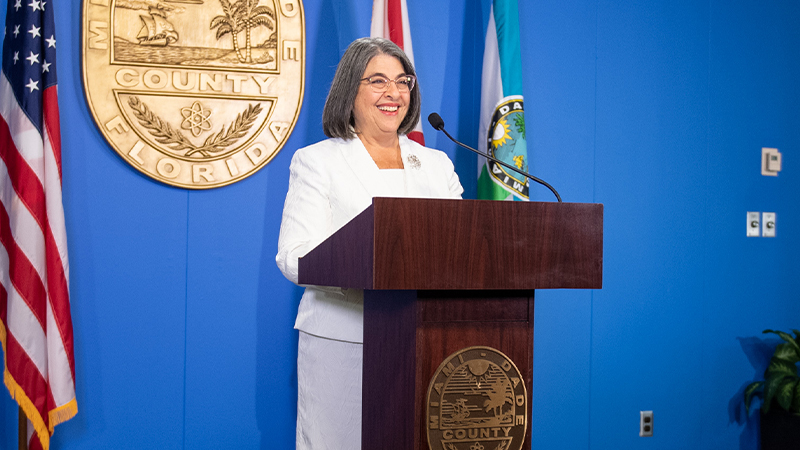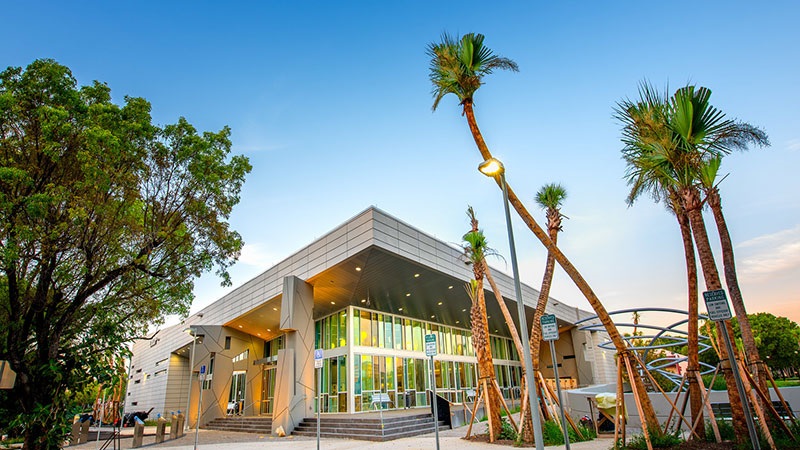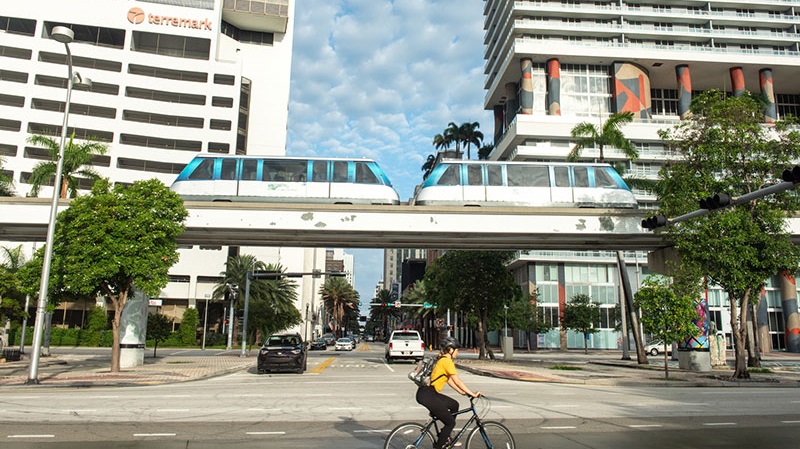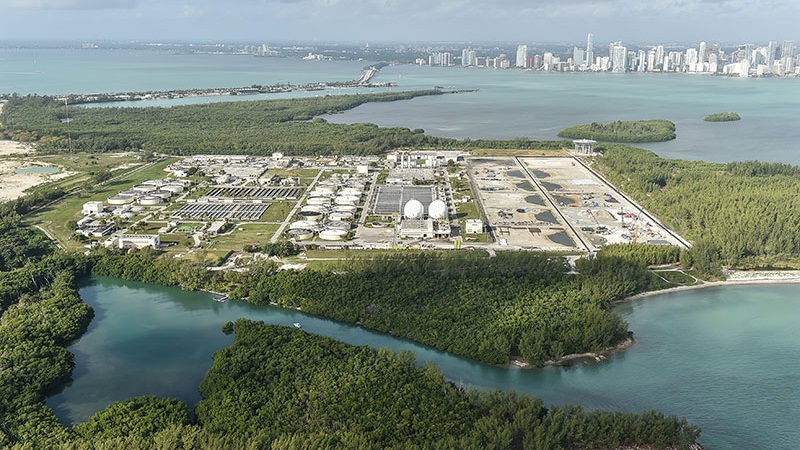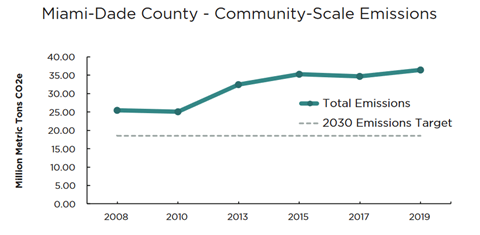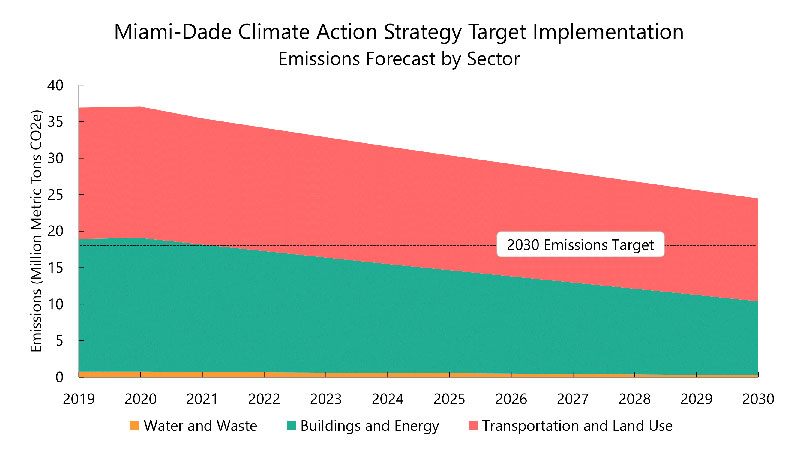Climate Action Strategy
Climate change threatens lives and livelihoods in our community and all around the world. The increasing impacts of this crisis have led to global consensus urging everyone everywhere to take immediate, aggressive action to avoid irreversible catastrophic global and local damage that each day is intensified by human activity.
Achieving the goals set forth in the Climate Action Strategy will require building on our extensive framework of collaboration to include everyone in our community, while also working diligently to secure and accelerate ambitious public and private investments.
Emissions Inventory
According to Miami-Dade County’s 2019 Community-Scale greenhouse gas (GHG) emissions inventory, the majority of GHG emissions in the County come from fossil fuels used in the transportation (55%) and building (41%) sectors, with a small contribution from water and waste (4%).
The seven approaches proposed in this strategy are bold targets that will drive down these major sources of emissions. The approaches are:
- Benchmark, retune and retrofit existing buildings
- Expand on-site and off-site renewable energy
- Build ultra-low energy buildings
- Reduce transportation-related fuel consumption
- Expand and protect green and blue spaces
- Convert waste to energy
- Reduce waste and water use
Emissions Sources 2019
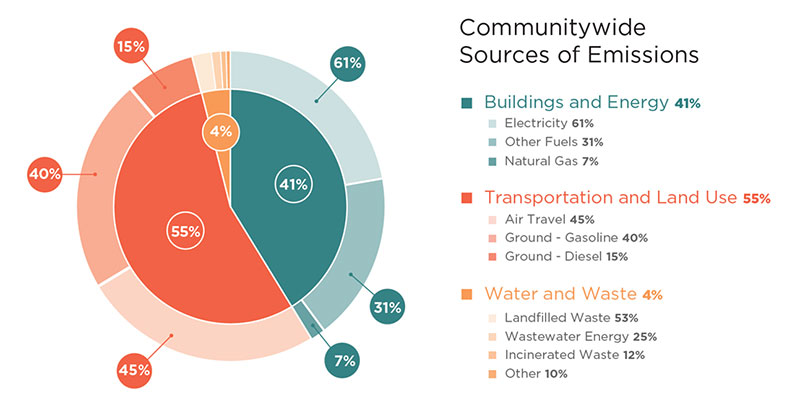
Approaches to Cut Emissions 50% by 2030
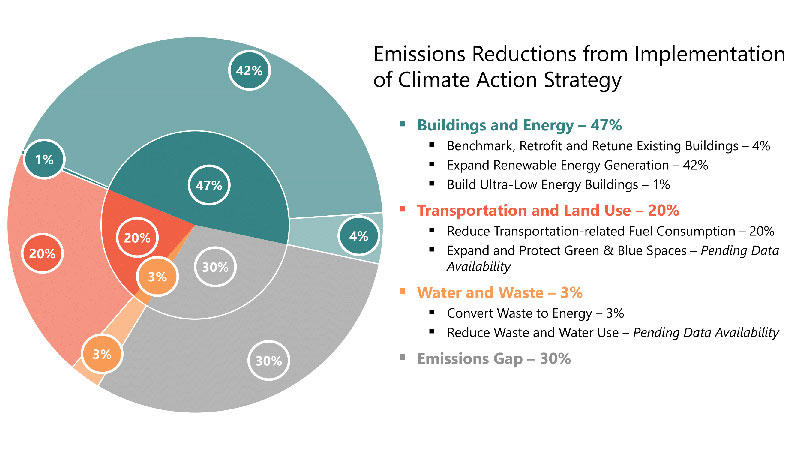
About Us
The Department of Environmental Resources Management (DERM) manages today’s growing needs while protecting our environment for tomorrow through responsible governance, smart policy and resource protection.
DERM’s authority and responsibility are rooted in both comprehensive local environmental regulation as well as State and Federally mandated legislation. Programs are designed to manage air, water and land resources for the health, safety and enjoyment of current and future residents and visitors.
